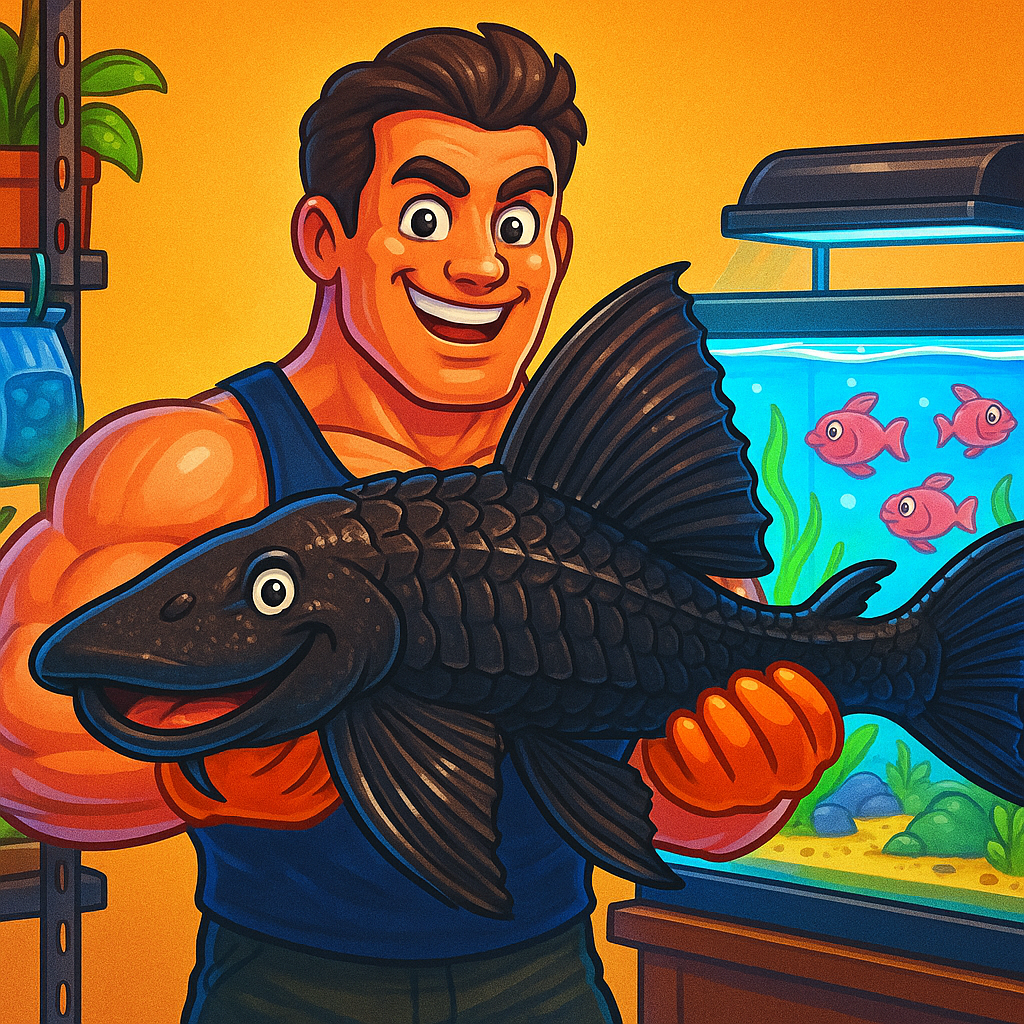📸🐟 Why people hold a fish away from their body
🔭 Optics & lens physics
- 📐 Forced perspective: Bringing the fish closer to the lens makes it appear larger (distance ratio effect).
- 📱 Wide phone lenses: Closer = bigger subject + blurrier background → the fish “pops.”
- 🎯 Honest look: Step back/zoom (≈50–85 mm equiv.) to reduce distortion.
🧼 Handling & hygiene
- 🧴 Protect slime coat: Wet hands/net/board; avoid dry fabric and chemicals (sunscreen/bug spray).
- 🦴 Safety: Distance reduces snags from dorsal/pectoral spines or teeth. Rubberized nets/slings prevent scale loss.
🐟 Welfare first (it’s about the fish, not the person)
- ⏱️ Air-time discipline: <10–15 s per lift; reset in water between shots.
- 🤲 Two-hand support: One hand under pectoral area, one at tail; no jaw-hangs on heavy fish.
- 🌊 Low over water: If it slips, it splashes—not onto rock/floor.
- 🫁 Delicate species: Prefer in-water cradles/boxes for photos.
🏷️ Honesty & documentation
- 📏 State the size (TL/FL/SL and/or weight) in the caption.
- 🧾 When the size is stated, perspective doesn’t change the truth—readers know how big it is.
- 📐 Add a board/scale shot for transparency when possible.
🚚➡️📸➡️🏠 Workflow: Import → Photo → Aquarium (10–30 seconds)
This is the part you asked to include.
- 📦 Arrive & acclimate: Float to temperature, then drip or measured small-volume additions until salinity/params match.
- 🧪 Check readiness: Clear eyes, strong righting response, normal respiration; skip photos if fish is weak.
- 🧰 Pre-stage everything: Wet hands/net/board/specimen box; camera in burst mode; background ready; lighting set.
- 📸 Quick shoot (10–30 s):
- Best: in-water specimen box/tray for close-ups.
- If lifted briefly: two-hand support, keep low over water, single 1–2 s burst, back in water; total air time under 10–30 s.
- 🫧 Immediate placement: From photo station straight into the quarantine or display aquarium (per your protocol).
- 💨 Recovery: High aeration/flow; lights dimmed for 30–60 min; observe breathing and posture.
- 🧼 Sanitation: Rinse/sterilize nets/boxes between species to protect biosecurity.
✅ When done correctly—after acclimation, with wet handling, and strict time control—a brief 10–30 second photo session is routine and does not materially stress healthy, well-handled fish.
🖼️ Composition & lighting tips
- 💡 Soft light / off-sun angle to avoid glare; polarizer outdoors helps.
- 🎯 Focus the eye, keep fish centered to avoid wide-angle stretching.
- 🧍 Hands under the body, don’t cover gill plates/fins.
- 📱 Burst mode to minimize repeats and air time.
❌ Do / ✅ Don’t
- ❌ Dry hands, hot decks, long retakes
✅ Wet hands, rubber nets, one quick burst - ❌ Jaw-hang heavy fish
✅ Horizontal two-hand support - ❌ Ultra-wide “lens-to-fish” with no caption
✅ Publish measured size; add board/scale when possible
🗒️ Snippet
Fish-First Photo Policy:
After arrival, our fish are acclimated and assessed. We then take a quick 10–30 second photo—usually in a wet specimen box or with a brief, two-hand supported lift—before placing the fish directly into its quarantine or aquarium. Hands, nets, and boards are pre-wetted, and total air time is strictly limited to protect the slime coat and minimize stress.
Our photos are about showcasing the fish, not the person. We publish the measured size with each listing; perspective never changes the facts.
Bottom line
Holding fish forward enhances the image, but the fish’s welfare and the factual size are what matter. With acclimation, wet handling, and a 10–30 s photo window, you get a sharp, honest picture and a healthy fish settling into its new tank.
